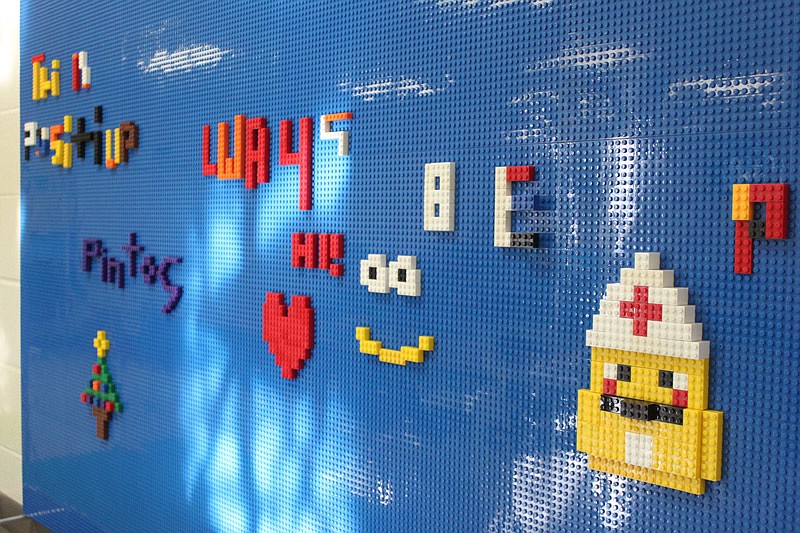A section of the California Elementary School's library is slowly but surely being revamped with robots, Legos and even broadcast equipment, all in an effort to introduce young Pintos to the world of science.
While the number of equipment may be small, they are all part of an effort Principal Gary Baker has been working on to expand the STEM program for his students.
It all started with a presentation Baker gave to the E.M. Burger Foundation last year. The presentation was centered around having a company called Creative Learning Systems to eventually install a SmartLab in the elementary school.
A SmartLab is a program where students have the opportunity to explore STEM and media arts through different forms of technology and project-based learning, according to a Creative Learning Systems brochure. There are currently SmartLabs available for elementary and secondary schools with curriculums written to accommodate each lab.
"This is quite the endeavor," Baker said. "I just want to have any STEM that can be done here for kindergarten through eighth grade. The middle school is so close, so we want them to be able to utilize this, too."
The endeavor, which will cost $250,000, recently was awarded a $35,200 donation from the E.M. Burger Foundation. This donation was allotted to the SmartLab and not the existing STEM projects at CES. The remaining funds will come from grants, for which Baker is in the process of applying.
"The goal is to have this done as soon as possible, to push things together for staff and students to be able to start using this," Baker said.
The SmartLab will give students practice and experience in film editing, "reproducibles" and technology to help them think through real-life situations.
"I mean, we can read the 'Three Billy Goats Gruff' one minute and the next, they can learn how to make a bridge," Baker said. "In that example, it's giving the kids a link from literature to science."
Another important feature the SmartLab can provide is one the students can't quite see yet.
"This can all prep kids for college and different careers," Baker said. "The interviewing questions their future employers will ask will not be the same ones that were asked of us.
"We had to know Word, were asked how many words per minute we could type, things like that. But looking forward, the students will be asked questions that are more geared toward problem solving and technical skills.
"Expectations have grown a lot and it's time we start introducing these things to our kids," Baker said. "They're our future."

